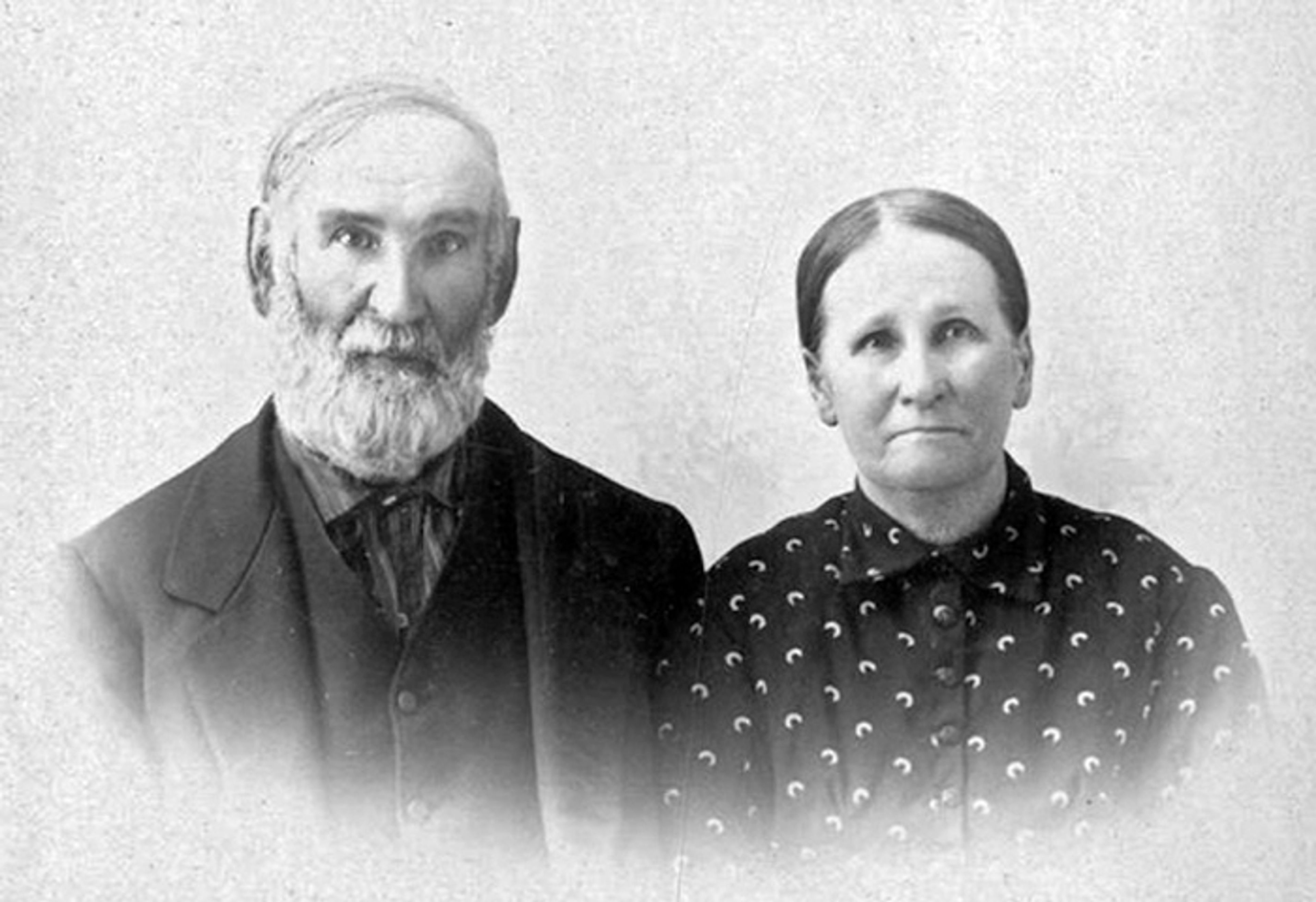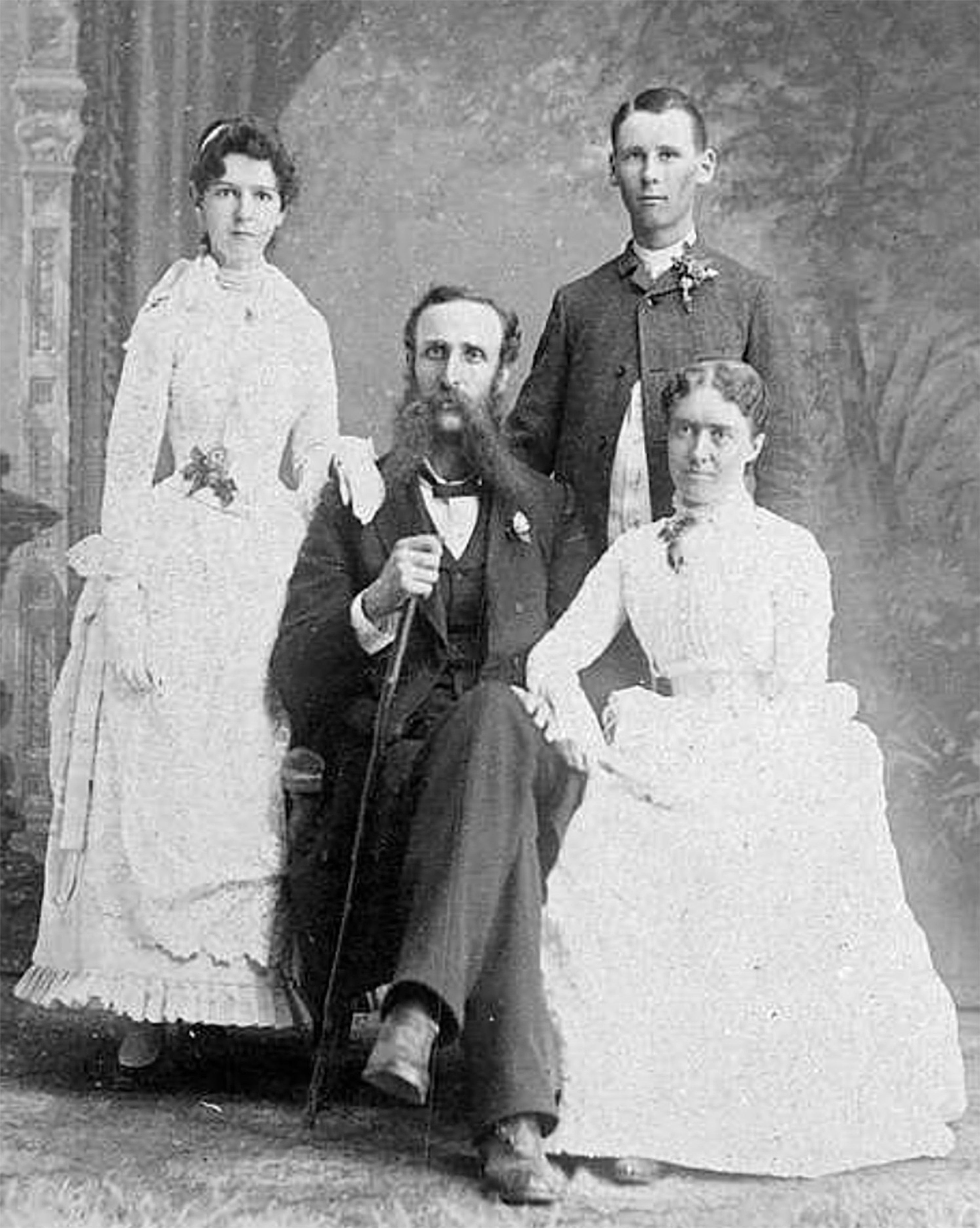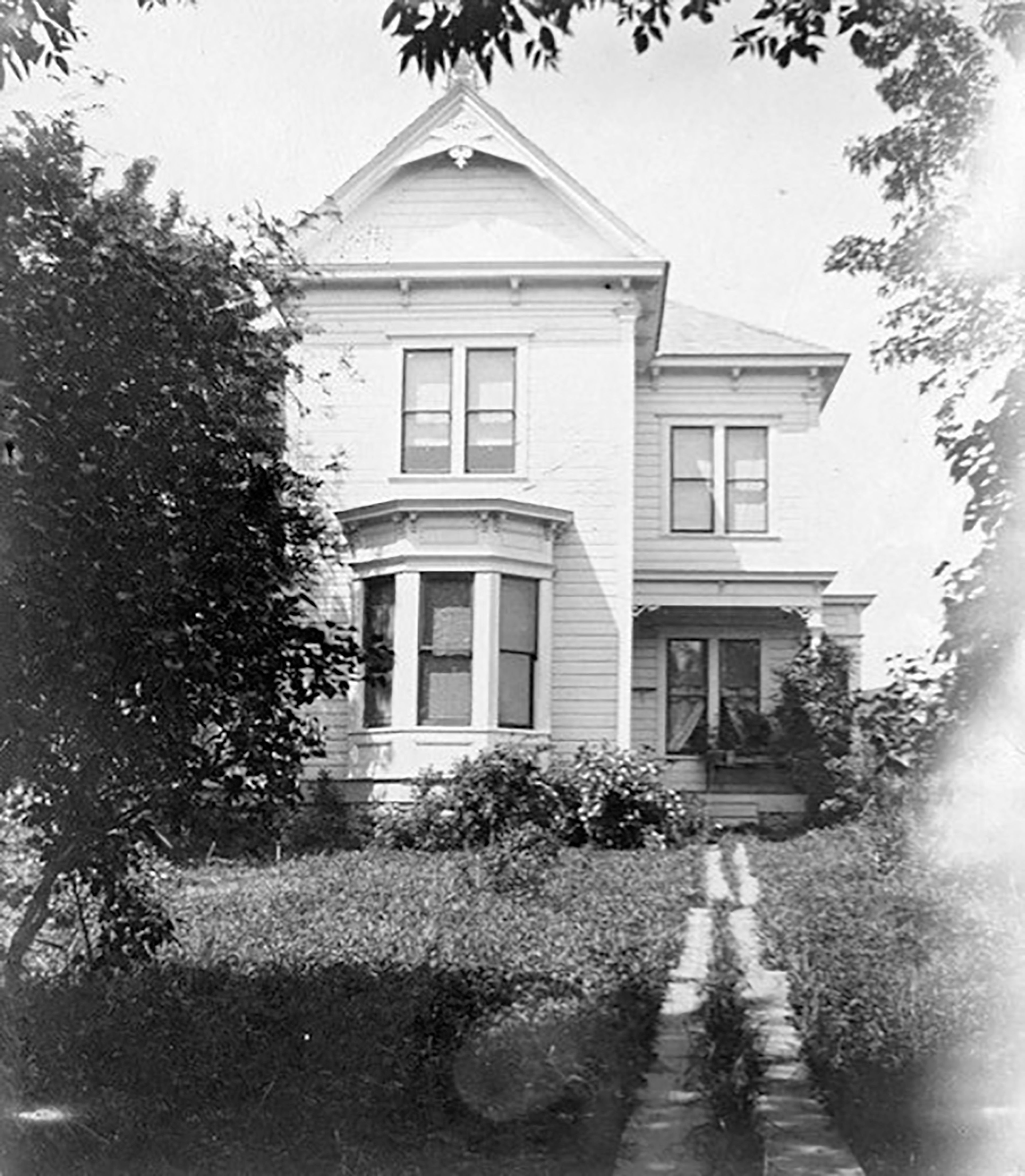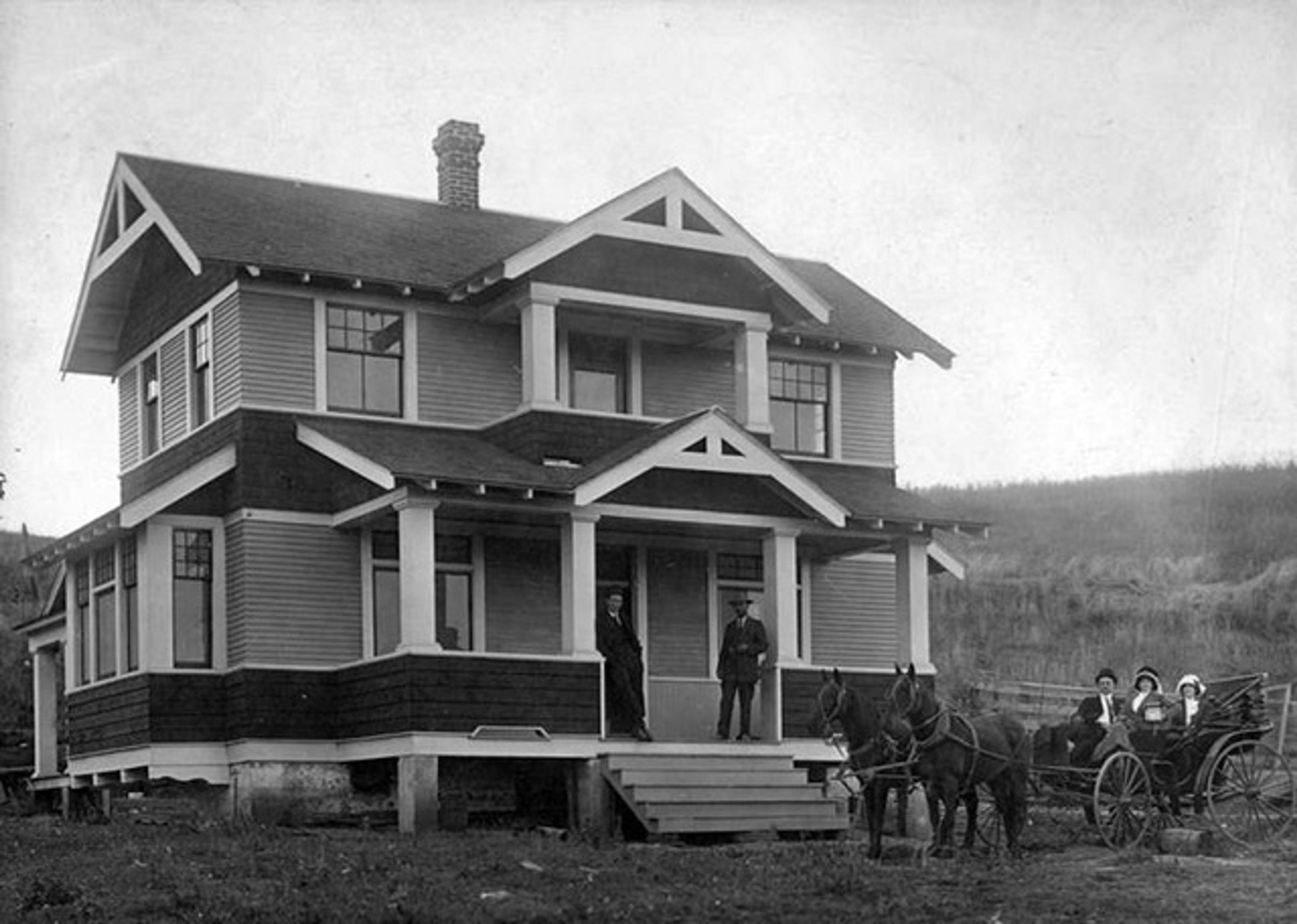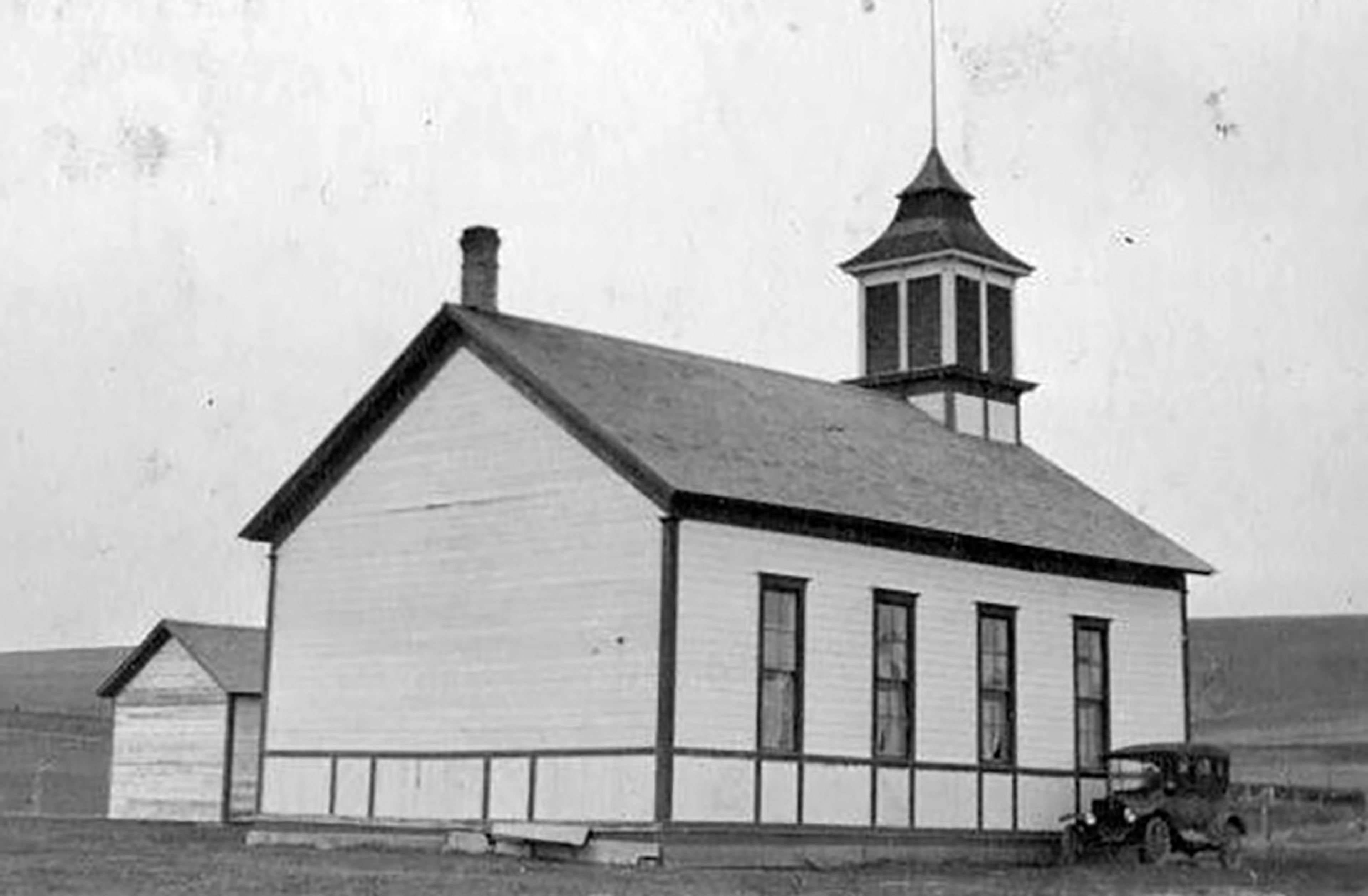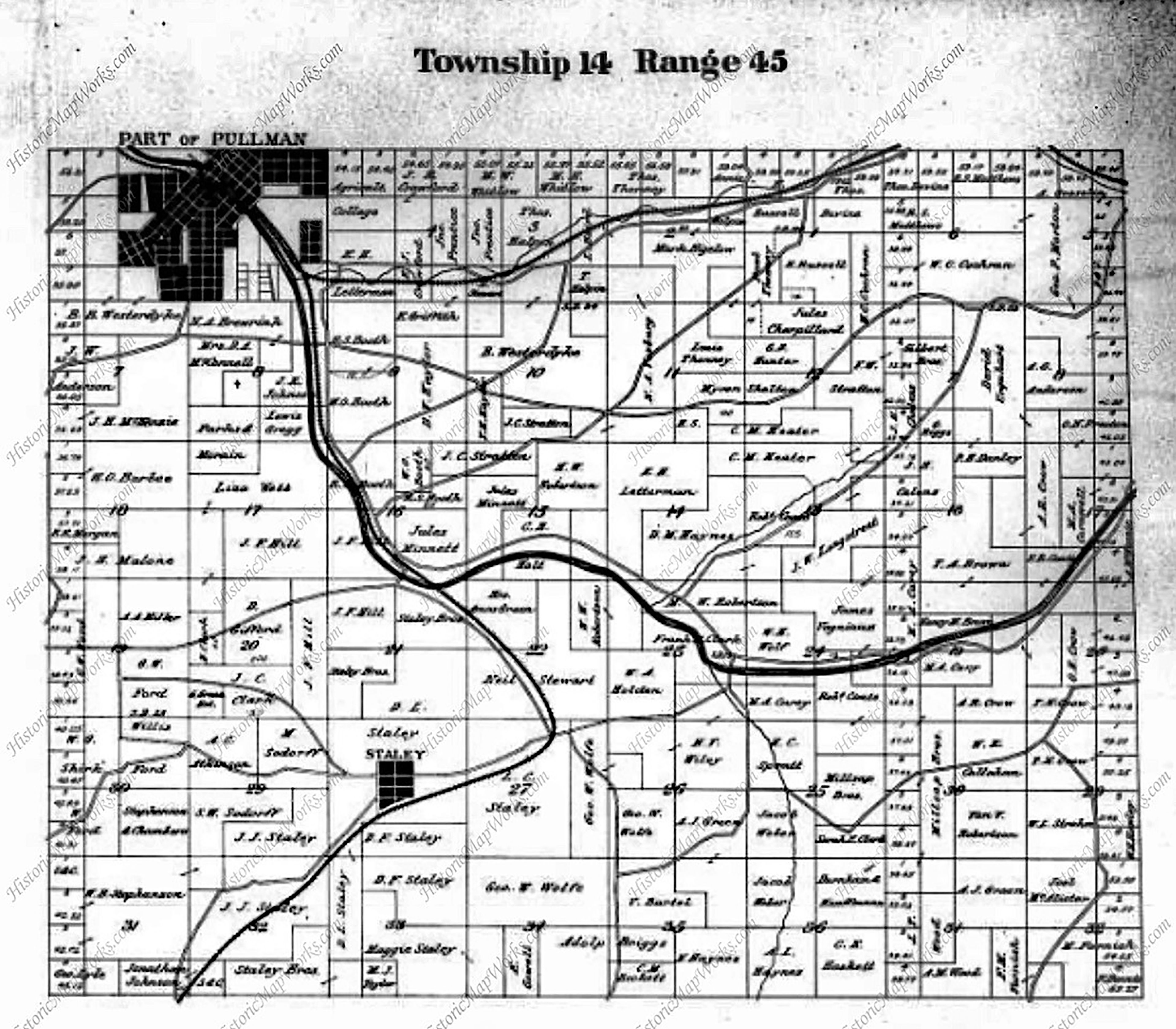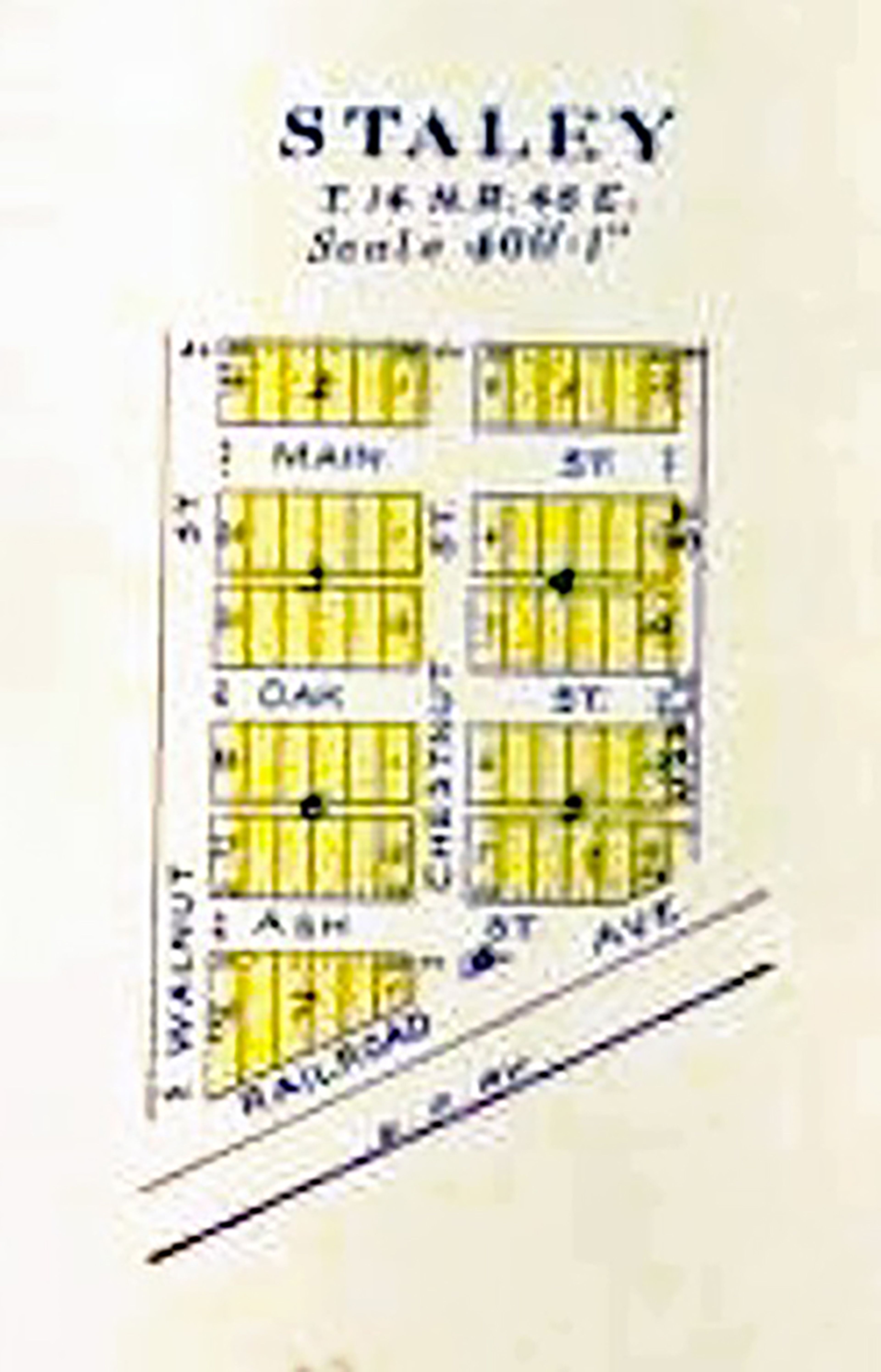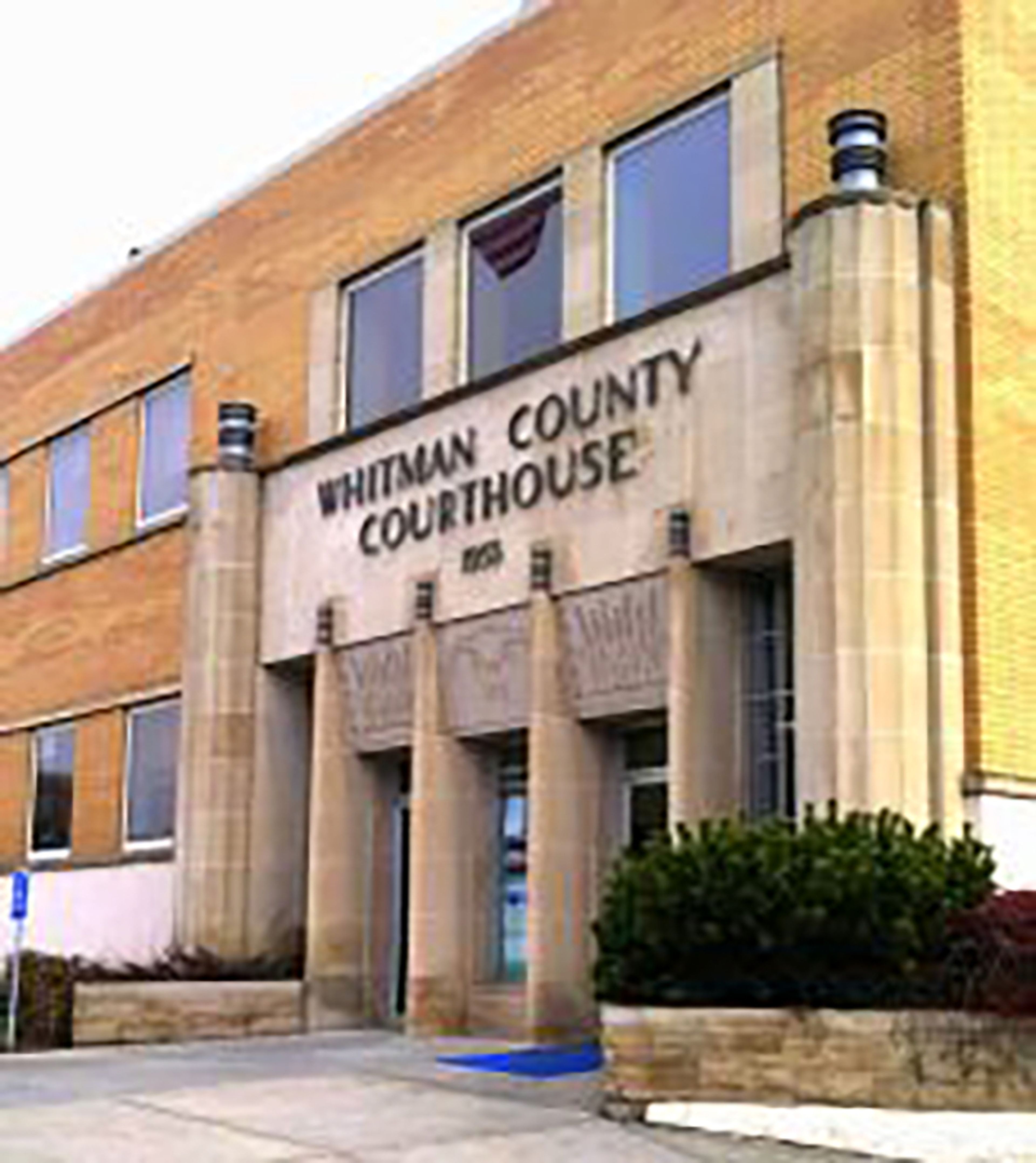The forgotten town of Staley
Nearby History Kathy Meyer
The town of Staley, which officially existed for only 14 years, was once located about 4 miles south of Pullman on Staley Road. Its founders were Daniel L. and Catherine Pearl (Siler) Staley, who were married in North Carolina in 1848. They had five children: John Jasper (born in 1849), Lindsey Christian (1851), William Jasper (1854), Margaret Louise (1857) and Daniel Fletcher (1866).
The family headed west in 1871, stopping in Staley, Mo., to visit Daniel’s brother Eburn, the founder of the town. Daniel, Catherine and their children then traveled by train to San Francisco and spent the winter and spring of 1873-74 in the Willamette Valley. In July, they moved to Whitman County, where they homesteaded in the Staley area, later named for their family. Four years later, Daniel and his sons began purchasing additional land.
Not coincidentally, another town in the United States also bears the Staley name. A third brother, Confederate Colonel John W. Staley, returned to North Carolina after the Civil War and stayed permanently. There the Staleys owned a soapstone mine in Randall County, as well as a great deal of land, some of which they donated for a railroad right-of-way. In 1889, John donated additional land for town of Staleyville (now simply called Staley).
Like his brothers, Daniel Staley was interested in founding a town and platted Staley within a few years of his arrival. Five of its original seven streets were named after trees: Ash, Chestnut, Maple, Oak and Walnut. The other two were Main Street and Railroad Avenue, which ran alongside of the Northern Pacific Railroad tracks. It did not grow as fast as he anticipated; according to local legend, the Northern Pacific Railroad “discriminated” against the town. Nevertheless, it had a small NP Depot. Staley also had a store that sold general merchandise.
Staley’s post office — historically the official mark of being a “real” town, despite having a population under 1500 — was established April 16, 1888. According to author Edith Erickson (“Whitman County from Abbieville to Zion,” 1985), David L. Staley was its first postmaster. How he fits into the Staley family is not known, and it is possible that “David L. Staley” is an error for “Daniel L. Staley,” who was the last postmaster. Daniel served for eleven years, until the post office closed in 1902.
At that point, Staley ceased to exist as an official town and became an unincorporated area. Such places were once designated as villages or hamlets — today called “census designated places.” According to a Washington State University website, Staley was eventually enveloped by Pullman, but this is not true.
The Staley area also had a school (#115). It was not actually located in Staley, but on the South Fork of the Palouse River part way between Staley and Johnson. After opening in 1890, it was often attended by some 30 or more students. Many one-room schools in Whitman County had much smaller enrollments. It closed in 1938 when it was consolidated with Pullman schools.
Daniel and Catherine replaced their homestead home in 1889 with a large, two-story, three-bedroom Italianate house. It was moved from its original location in 1995 to 102 Kirkendahl Road, a few miles south of Pullman (just off Highway 195), in part to be more visible and also to deter vandals. Staley descendant Molly Benscoter and her husband Jack spent several years restoring the building, then opened it as a museum that can be visited in spring and summer months. (For a tour, contact their daughter Terri Benscoter at tbenscoter@hotmail.com).
In the end, many family members contributed to Staley’s decline by moving to Pullman. Daniel Fletcher Staley, a banker, was even mayor of Pullman from 1903-06. Most of the Staleys are buried in the Pullman City Cemetery. Their descendants have retained ownership of a large ranch in the area.
Meyer taught history at Washington State University for 25 years. She has been active in Whitman County Historical Society since 1992.

